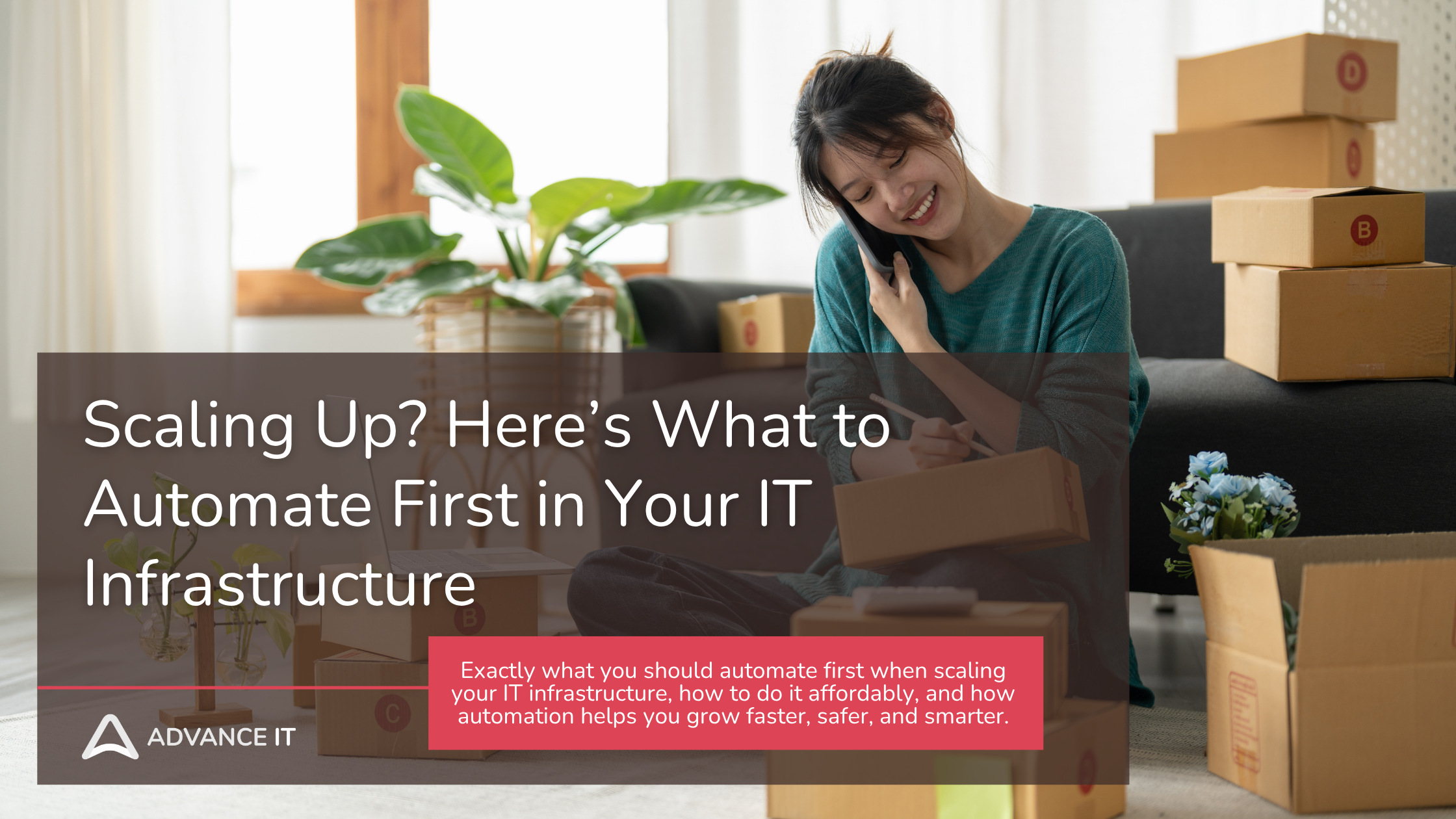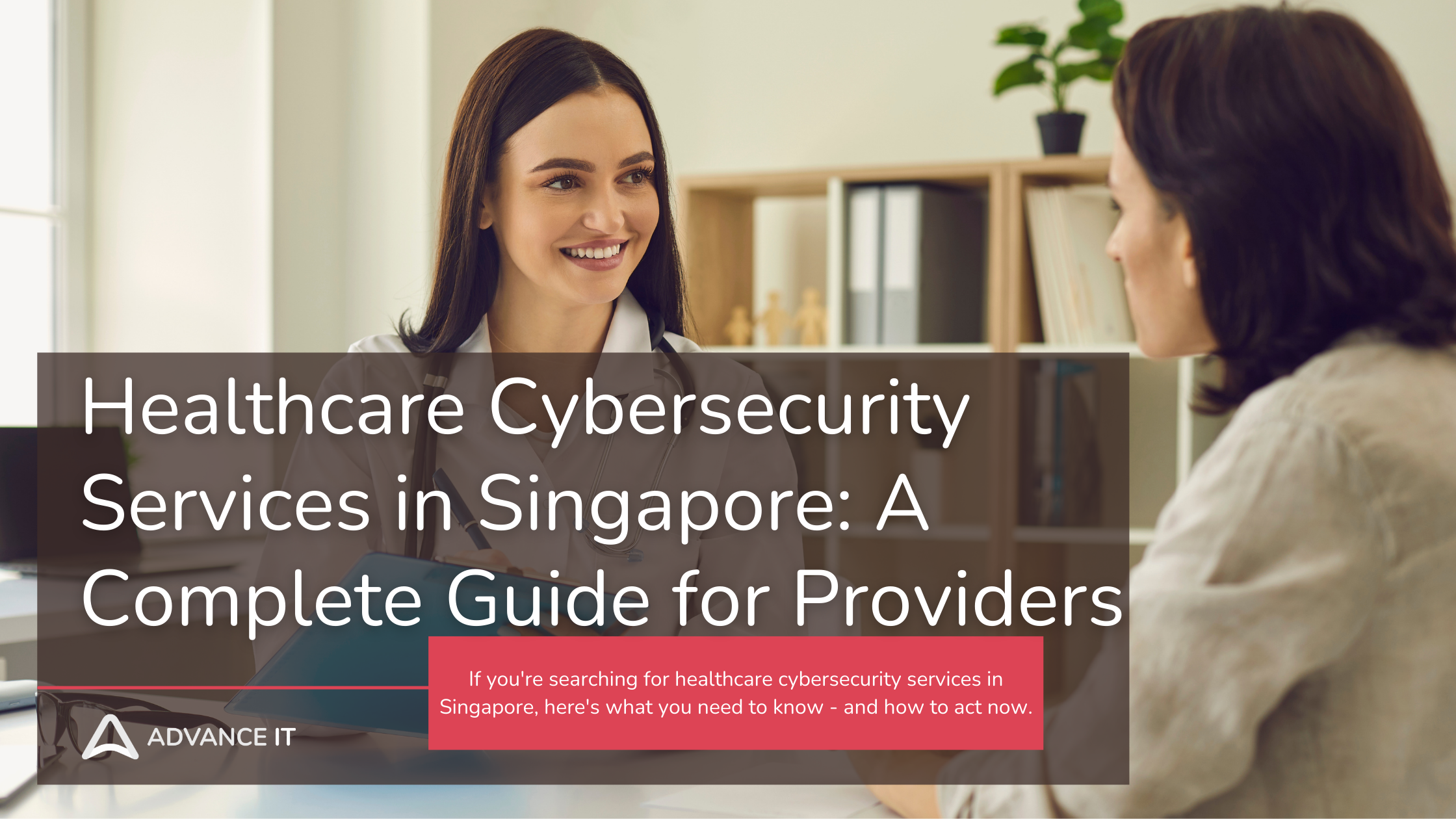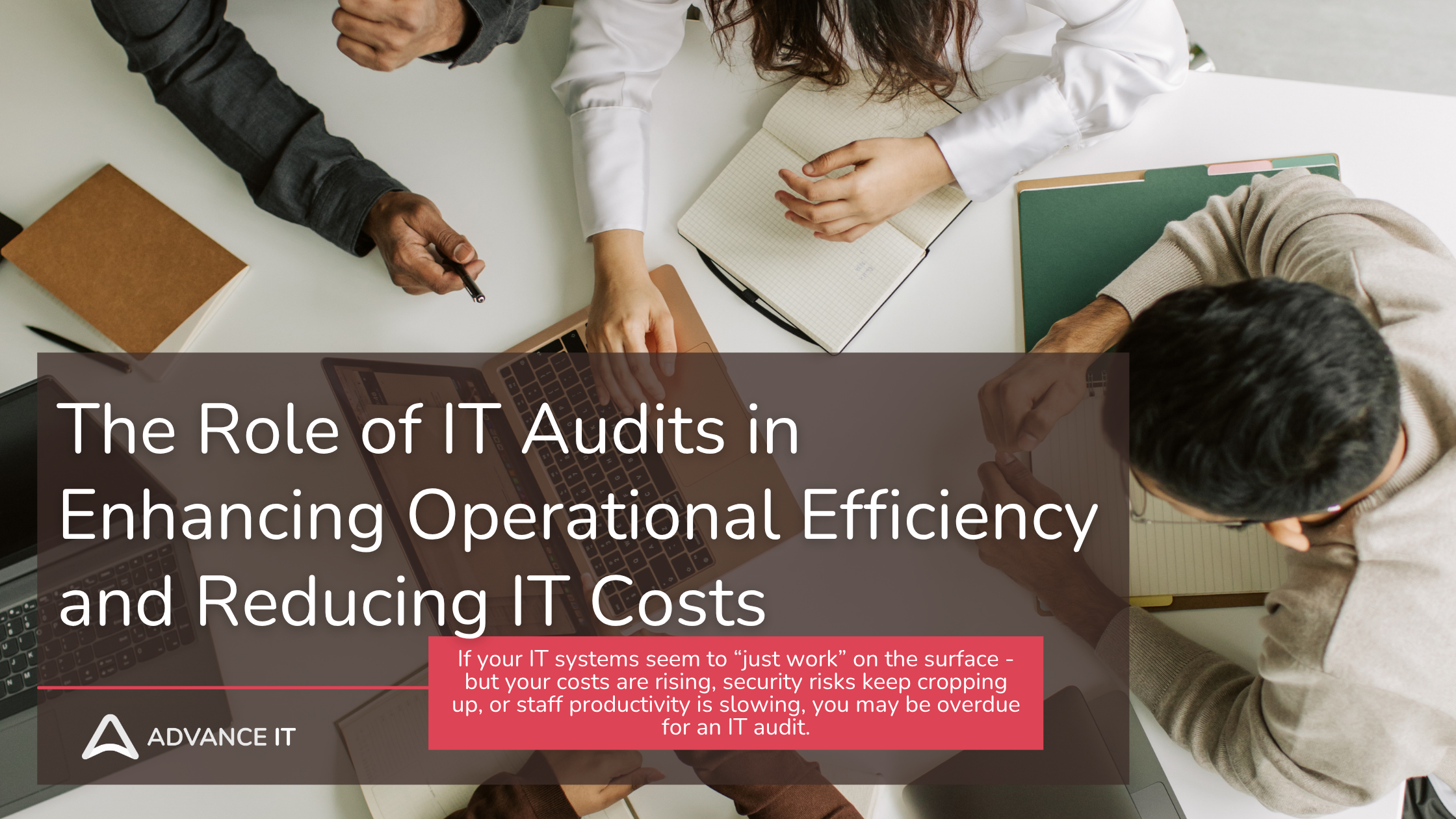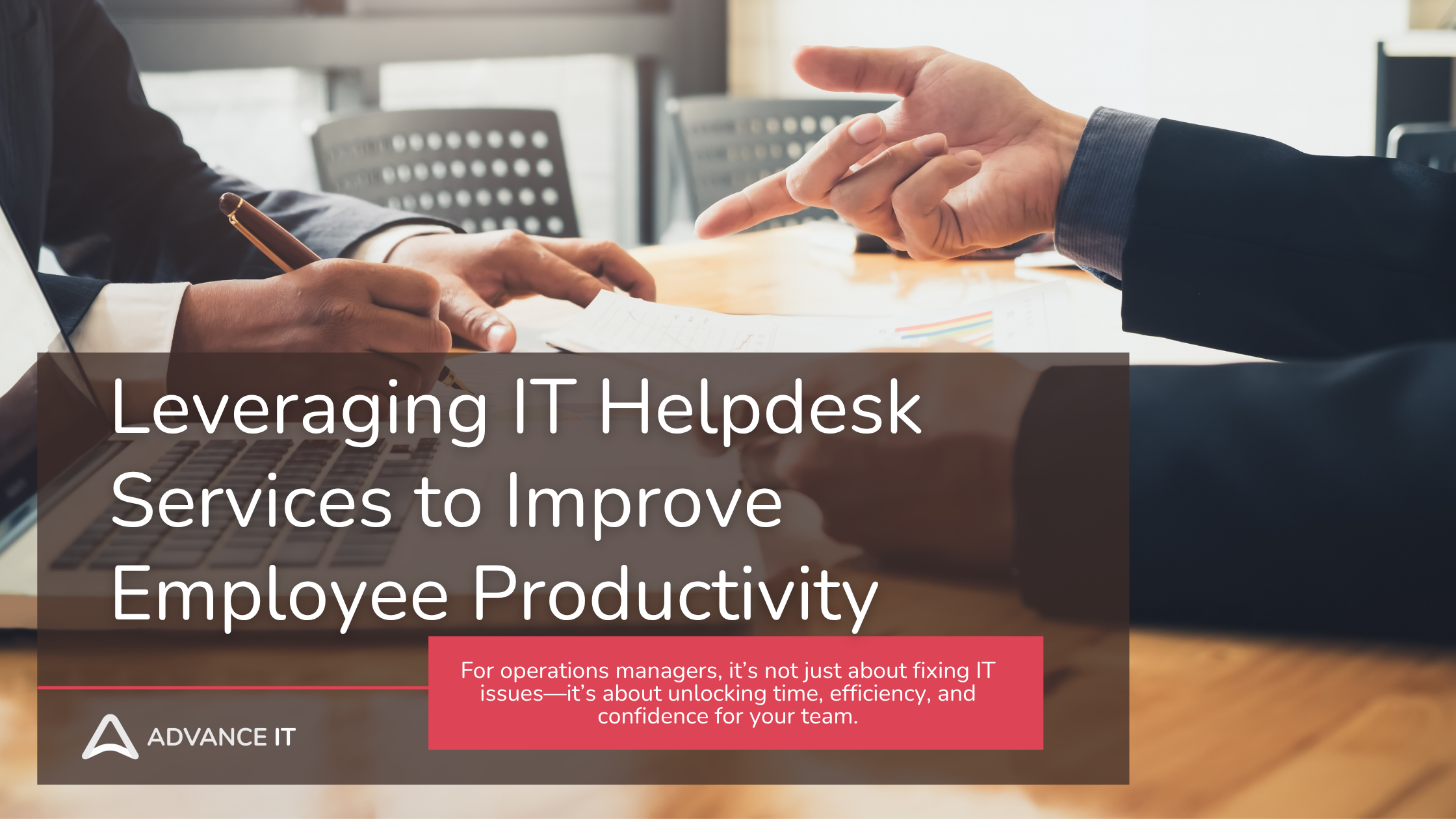Scaling Up? Here’s What to Automate First in Your IT Infrastructure
Scaling a business is exciting—more clients, more employees, more growth. But it also brings more complexity, more risk, and more demand on your IT systems. If your IT team (or lone IT admin) is already juggling manual updates, device setups, and support tickets, it’s time to get serious about IT automation.
In this guide, we break down exactly what you should automate first when scaling your IT infrastructure, how to do it affordably, and how automation helps you grow faster, safer, and smarter.
Why Automate Your IT Infrastructure?
Manual IT tasks don’t scale. At 10 users, they’re manageable. At 50+ users, they slow down growth and create risk.
Benefits of IT Automation:
Faster onboarding/offboarding
Consistent security enforcement
Fewer human errors
Lower IT support costs
Better visibility and reporting
Improved business agility
In short, automation turns your IT from a bottleneck into a growth enabler.
What to Automate First (Before Scaling Further)
Let’s look at high-impact, low-effort automations that every growing SME should prioritize.
1. User Onboarding & Offboarding
Problem: New hires wait days for email access, logins, and devices. Former employees retain access after leaving.
Automate:
Account creation in Microsoft 365 or Google Workspace
Access to shared drives, apps, and tools via role-based provisioning
Device enrollment into endpoint management tools
Automated offboarding workflows (e.g., account deactivation, file archival)
Tools to Use:
JumpCloud, Okta, or Azure AD for identity provisioning
Intune or Jamf for device enrollment
Workflow platforms like BetterCloud or Zluri
Impact: Saves 3–5 hours per employee, increases security, improves Day 1 productivity
2. Patch Management & Software Updates
Problem: Unpatched systems are a top cybersecurity risk. Doing it manually is time-consuming and error-prone.
Automate:
Scheduled OS and software updates
Automated reboots during off-hours
Patch failure alerts
Tools to Use:
Microsoft Endpoint Manager, ManageEngine, NinjaOne, Atera
Impact: Reduces vulnerabilities by up to 60%, meets compliance standards, and frees up hours of IT admin time
3. Device Provisioning & Configuration
Problem: Manually setting up every laptop takes 1–2 hours and leads to inconsistencies.
Automate:
Standardized device configuration profiles
App deployment by user role or department
Wi-Fi and VPN credentials are pushed automatically
Security policies are enforced on first boot
Tools to Use:
Autopilot (Windows)
Apple DEP + Jamf Now (macOS/iOS)
Google Admin Console (Chrome devices)
Impact: Ship laptops directly to users, cut setup time by 70%, and ensure every device is compliant from day one
4. Endpoint Protection & Monitoring
Problem: Manually installing antivirus and checking logs across 50+ devices is inefficient and risky.
Automate:
EDR/AV installation on new devices
Real-time alerts for suspicious behavior
Automated remediation for known threats (e.g., quarantine, kill processes)
Tools to Use:
CrowdStrike, Bitdefender GravityZone, SentinelOne, Sophos Central
Impact: Scales cybersecurity without scaling headcount, and detects threats 10x faster than manual monitoring
5. IT Support Ticketing & Self-Service
Problem: IT teams waste hours answering basic queries and resetting passwords.
Automate:
Email-to-ticket conversion
Ticket assignment based on issue type and availability
Knowledge base suggestions as users type
Password reset flows with self-service portals
Tools to Use:
Freshservice, Zoho Desk, Jira Service Management, SysAid
Impact: Reduces ticket volume by 25–40%, improves response time, and helps IT focus on higher-value work
6. Backup & Data Recovery
Problem: Relying on manual backups or legacy systems risks data loss and non-compliance.
Automate:
Cloud-to-cloud backups (e.g., Microsoft 365, Google Workspace)
Endpoint backups (desktops/laptops)
Scheduled restore testing
Tools to Use:
Veeam, Acronis, Datto, SpinOne for SaaS backup
Impact: Improves resilience, ensures audit-readiness, and reduces downtime in disaster scenarios
7. IT Reporting & Compliance Tracking
Problem: You can't scale what you can't measure—and audits shouldn't be a scramble.
Automate:
Asset discovery and inventory reports
User access logs
Patch status reports
Compliance dashboard (Cyber Essentials, ISO 27001, PDPA)
Tools to Use:
Lansweeper, ManageEngine, Drata, Tugboat Logic
Impact: Cuts audit prep time in half, and keeps leadership informed with real-time dashboards
Net result: Automation can save hundreds of hours per year, reduce IT operating costs by up to 30%, and protect your business from costly outages or breaches.
What to Do Next
Step 1: Start Small
Pick one or two high-impact areas (onboarding, patching) and implement automation with the tools you already have.
Step 2: Build a Roadmap
Create an IT automation roadmap tied to:
Headcount growth
App/tool expansion
Security maturity goals
Compliance requirements
Step 3: Train Your Team
Ensure your IT staff knows how to manage automation workflows, interpret alerts, and tweak configurations as needs evolve.
Final Thoughts: Scale with Control, Not Chaos
As your business grows, your IT infrastructure must keep up, without hiring a massive IT team or reacting to constant fires.
Automation is how smart businesses scale securely, affordably, and efficiently. Start with foundational automations, expand over time, and watch your IT function transform from reactive support into a growth accelerator.
Need Help Designing Your Automation Roadmap?
We help growing SMEs in Singapore:
Identify automation opportunities
Implement the right tools
Build scalable, secure IT environments
👉 Book a Free IT Automation Discovery Call
Related Resources
Optimize Your IT Infrastructure with These Key Strategies (Read more)
How to Build Scalable IT Infrastructure for Growing Businesses (Read more)
Effective Strategies for Setting Up IT Infrastructure for New Employees (Read more)
The Complete Guide to Managed Service Providers (MSPs): How They Benefit SMBs and SMEs (Read more)
How Leveraging IT Services Can Help Reduce Operational Costs in 2025 (Read more)
What is the Difference Between Managed IT Support Services and Traditional IT Support? (Read more)

















With years of experience supporting clinics, we help healthcare providers reduce downtime, improve compliance, and focus on what matters most - patient care.